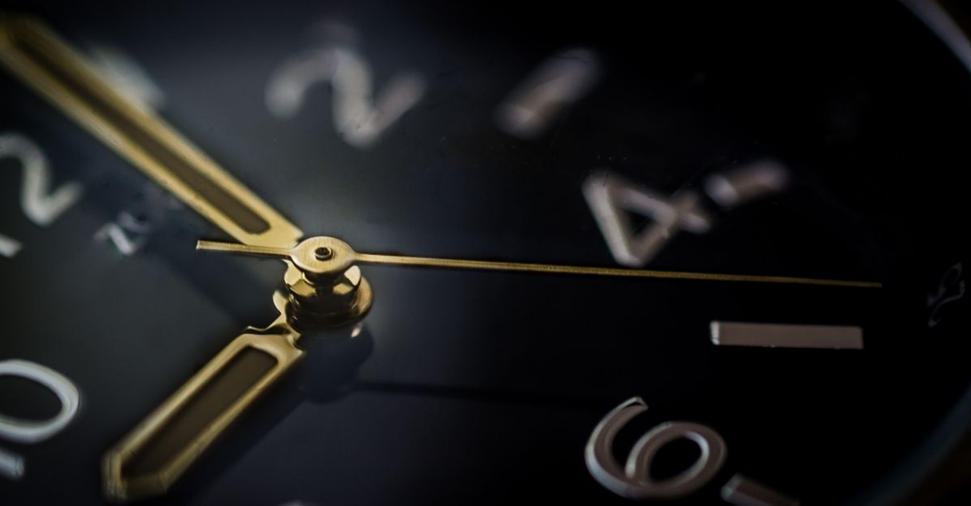Yay! You’ve purchased your first mechanical watch. This is more than just a timekeeper; this is an emblem of the culmination of art and science. A salute to man’s ingenuity, this little disc on your wrist is, at its core, a complicated piece of engineering.
A watch is a cherished investment. Whether you wear it for all your important occasions or it accompanies you through all the significant moments of your life, it should serve you well. From winding it to setting alarms, there are many ways to be sure that it will run without trouble for many years. Pros of mechanical watches are that they are easy to wear and are reliable for many years.
If you want your timepiece to last a lifetime, make sure you know all the tricks. Taking a little time to learn these tricks will help keep your watch in tip-top shape until you pass it on to your offspring one day.
Mechanical Watch Behind The Scenes
Likemechanicalwatch explains about mechanism of these watches. Mechanical timepieces are beautifully designed, efficient machines. They use no power from a battery, instead relying on either winding, with a rotational movement of the wrist, or the motion of the wearer’s arm. The most basic structure of most mechanical watches is the same since they were invented over three centuries ago.
When you think of watches, you may imagine them with hands that move around the dial. What is actually powering this movement is the unwinding of the tightly coiled flat spring. The power generated by the coil can also be used to make any other functions like date, monophase, or chronograph work.
Watch out! If this mainspring isn’t constantly in motion, it will quickly wear out in an instant. To make sure the spring doesn’t give up its energy too quickly, it houses in a barrel that meshes with teeth. Different sized wheels are needed to lead the spring into motion. The final wheel is called the escapement.
The lever escapement is a delicate, but important device in a watch. It controls the energy release from the mainspring, sending this power through the gears of the watch to allow the hands to move and show off time. To do so, it is controlled by a so-called “hairspring” which moves the lever intermittently.
The heart of a watch is its hairspring. This is the most important thing that makes the watch work. It moves back and forth at an incredibly fast rate, anywhere from 18,000 to 36,000 times per hour. It’s the beating heart of the watch.
This watch can’t keep accurate time without a well-made hairspring. It depends largely on the metal alloy used, as well as how it will react to magnetism and temperature changes. Some metal alloys are made specifically to compensate for these changes, but others are made of silicon, which is not affected by magnetism.
In the mechanical watch movement, there are a lot of tiny parts that make up the whole. It’s a wonder this machine is as precise as it is. There are a few enemies of a mechanical watch movement: friction and external shocks.
That’s a lot of words. The way we mitigate friction is by applying oil to the surfaces and making sure they’re very smooth. We do this by using jewels in our watch bridges. Imagine those shiny red discs in watches – they’re rubies (not real ones, but synthetic ones nowadays). These rubies are polished into a smooth surface which provides a nearly frictionless surface when the pivots of the gear wheels ride in them.
You may be surprised to know that the delicate pivots in mechanical watches are barely kept in place with small springs. A movement like your arm scrambling eggs is enough to shear one off. To keep the pivots safe, the jewels are suspended in a floating frame that is able to absorb vibrations and shocks; this means that they will continue to work for many more years.
Wrapping up
By now surely you have fallen in love with the mechanics of this type of watch. How’s about browsing a mechanical watch collection to see if one please your eyes.
